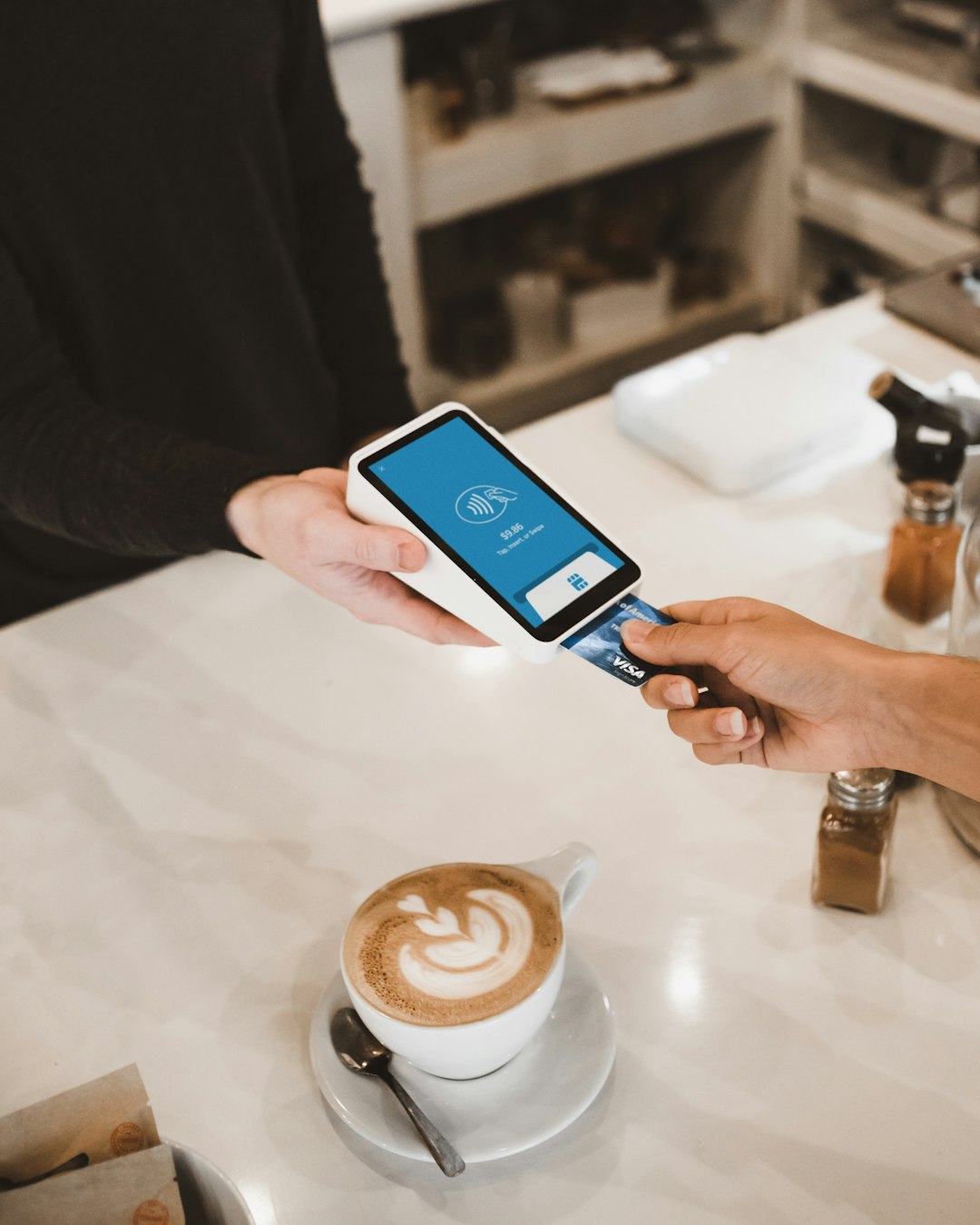In the digital payment age, businesses—from coffee shops to rideshare apps—are introducing a tip screen as a part of their payment process. These screens prompt users to leave a gratuity, often with pre-set percentage options. While tip screens present an opportunity to increase staff earnings and streamline tipping, they must be designed and implemented carefully. Otherwise, they risk confusing customers, eroding trust, or even sparking backlash.
Best Practices for Tip Screens
Designing an effective tip screen requires a thoughtful blend of user interface (UI) design, psychology, and respect for the customer experience. Businesses that use these screens effectively tend to follow a few best practices:
- Clarity and Transparency: Tip amounts and percentages should be clearly displayed with an easy-to-understand breakdown. Avoid hidden fees or ambiguous labels.
- Offer Multiple Tip Options: Provide a range of tipping choices, such as “No Tip,” “15%,” “20%,” or “Custom Tip.” This empowers users to choose an amount they’re comfortable with.
- Default Neutral Design: Avoid aggressive UX tactics like highlighting the highest tip amount or making the “No Tip” option harder to find.
- Context Matters: Tip prompts should only appear when tipping is logical and socially accepted (e.g., at the end of a food delivery, not for self-checkout).
- Mobile Optimization: Ensure tip screens are responsive and user-friendly on various screen sizes, especially as more users pay with smartphones and tablets.

Common Pitfalls to Avoid
Just as tip screens can enhance customer interaction when executed properly, they can also backfire. Poor implementation can lead to customer frustration and even negative reviews. Here are several pitfalls to watch out for:
- Guilt-Tripping Users: Designing screens that pressure users into tipping—through emotional language or manipulative layouts—can quickly erode trust.
- Forcing the Tip Step: Making it impossible to proceed without interacting with a tip prompt can leave customers feeling held hostage.
- Confusing Language: Use simple, clear wording for each tip option. Avoid jargon or terms that may not be universally understood.
- No Custom Tip Option: Limiting tips to only preset options removes flexibility for users who want to tip more or less than the suggested amounts.
- Asking in Inappropriate Situations: Prompting for a tip in a setting where no human service occurred (e.g., a vending machine) can feel exploitative.

Psychology Behind Tipping Interfaces
A well-designed tip screen leverages behavioral economics to nudge users toward generosity—without deception. Studies reveal that people are more likely to tip when presented with “social norm” ranges, like 15%-20%. Furthermore, positioning higher tip amounts at the top can marginally increase overall tips, if done ethically.
Animations, layout spacing, and even the font choice can influence user behavior subtly. For instance, some businesses use progress bars implying “completion” when a tip is selected, reinforcing the behavior without being pushy. However, ethical use of such tools is essential to avoid manipulation.
FAQ
- Q: Should my business offer a ‘No Tip’ option on the screen?
A: Yes. Offering a ‘No Tip’ option respects customer choice and avoids negative user experiences that can arise from forced tipping. - Q: Can a tip screen really increase employee earnings?
A: Definitely. Many businesses report a noticeable rise in tipping volume when implementing thoughtful, visible tip prompts. - Q: What’s the best tip range to offer?
A: A range like 10%, 15%, and 20% with a custom option provides flexibility and covers common expectations across various service industries. - Q: Is it better to prompt for tips before or after the service?
A: In most cases, after-service prompts feel more appropriate because customers base tips on the quality of service received. - Q: How can I test if my tip screen is effective?
A: Run A/B tests with different interface layouts and measure tipping rates, user satisfaction, and overall completion rates.
In conclusion, while tip screens can enhance customer satisfaction and drive higher gratuities, they must be approached with transparency and respect for user autonomy. Following best practices and avoiding common pitfalls ensures your business maintains trust and boosts frontline workers’ earnings effectively.
